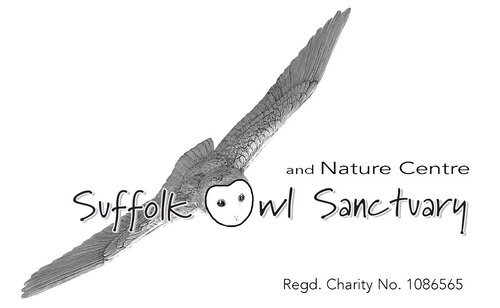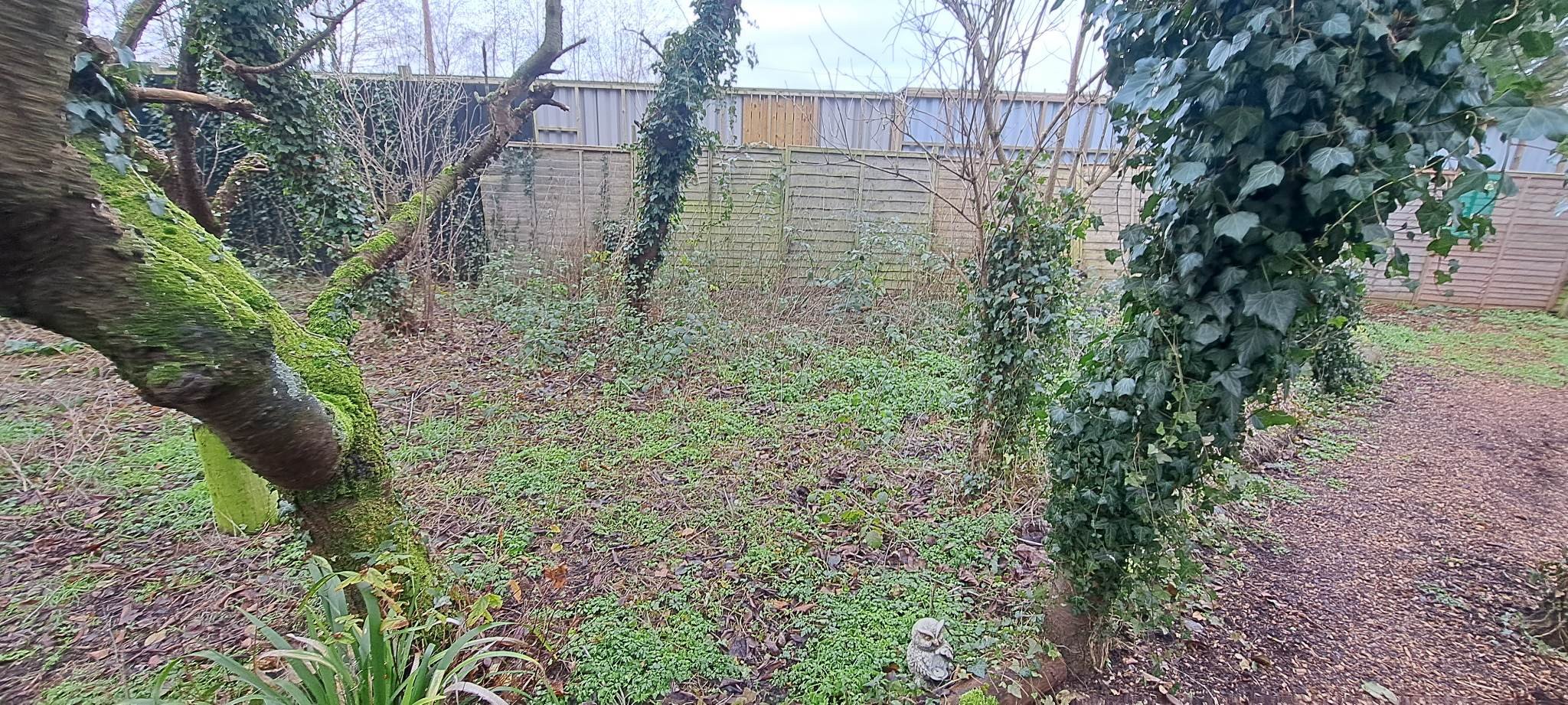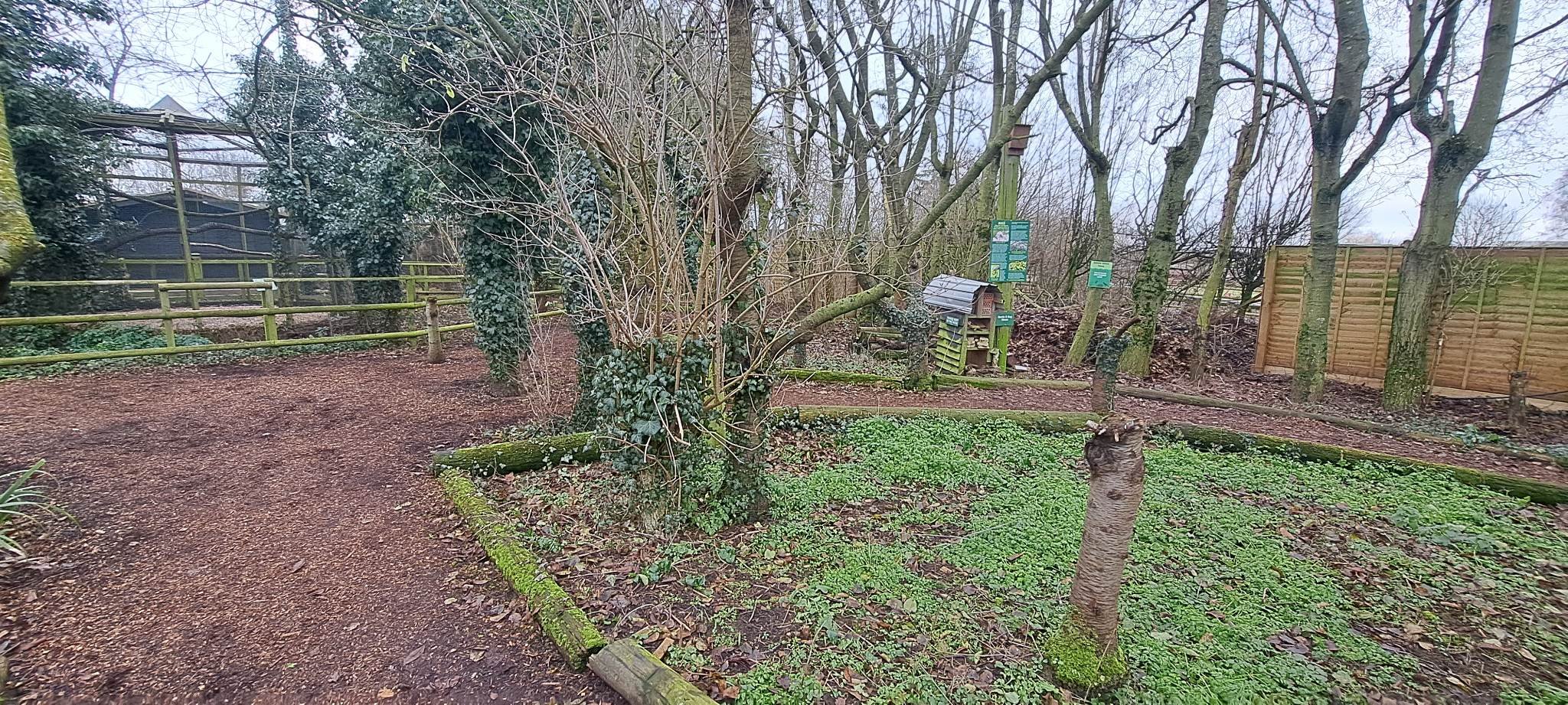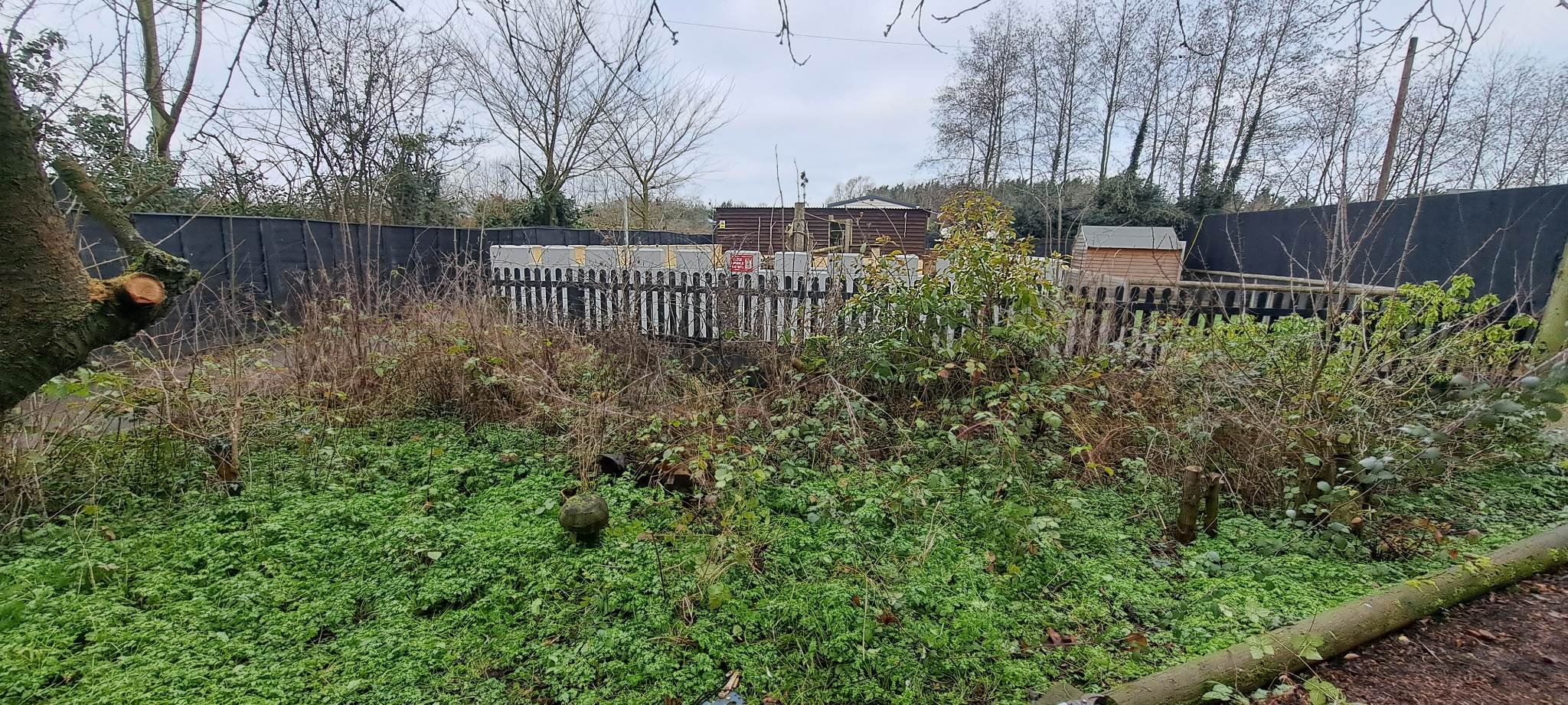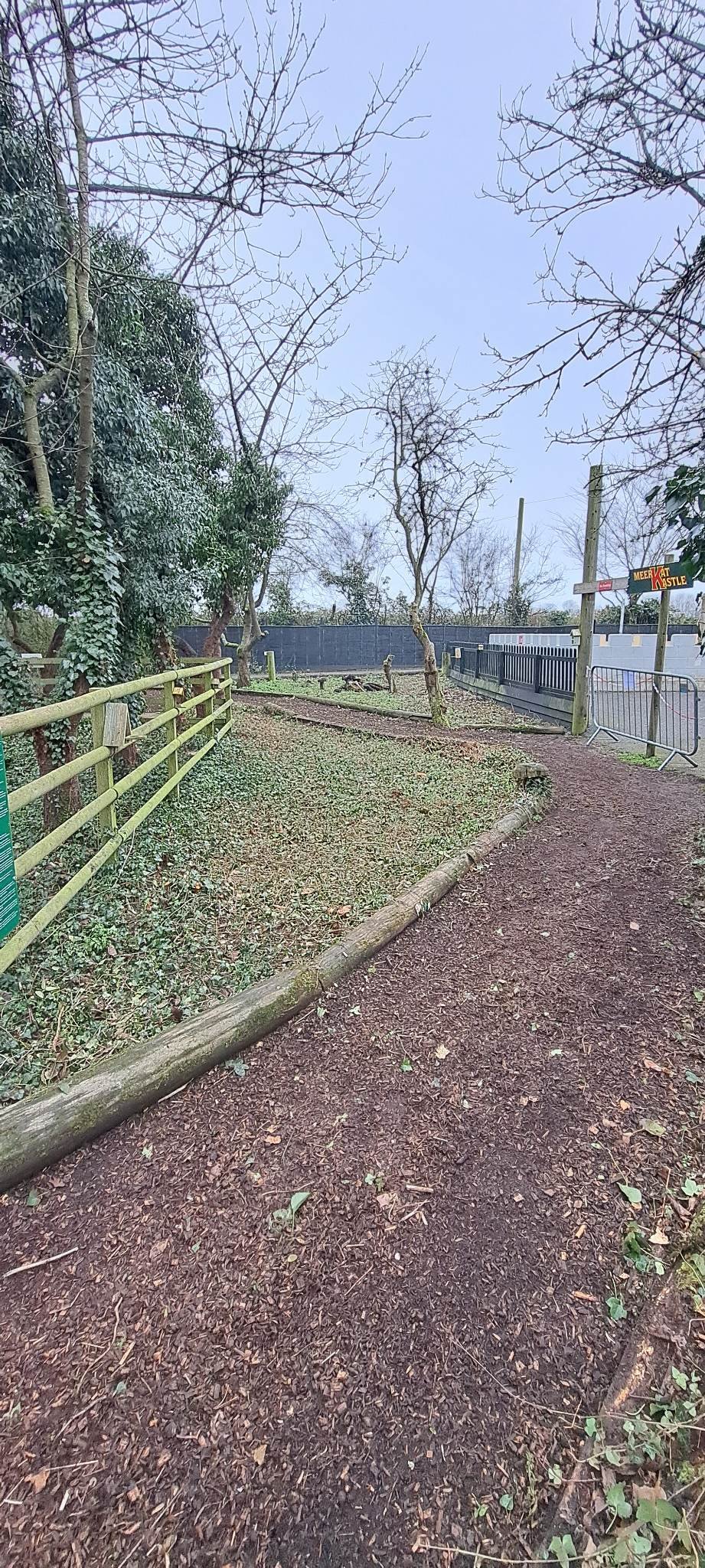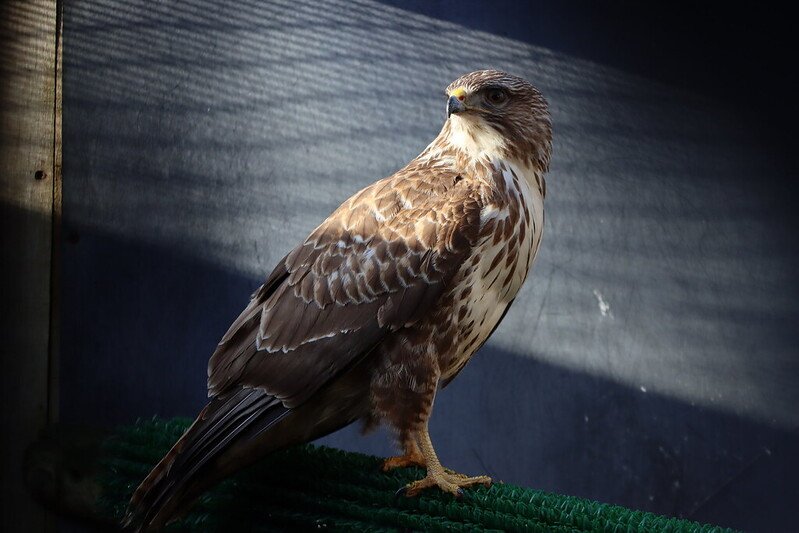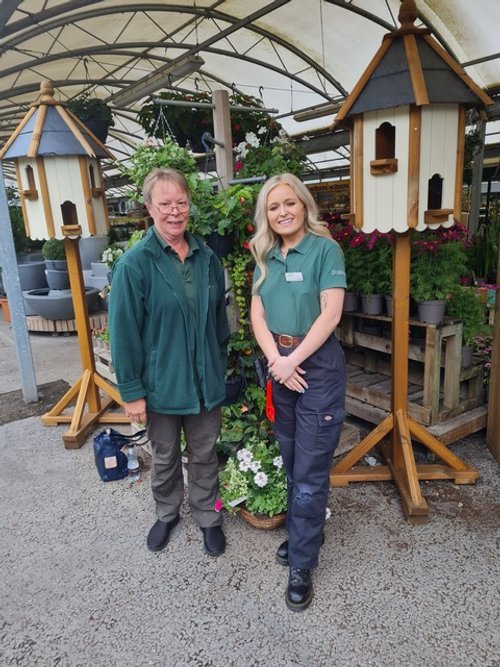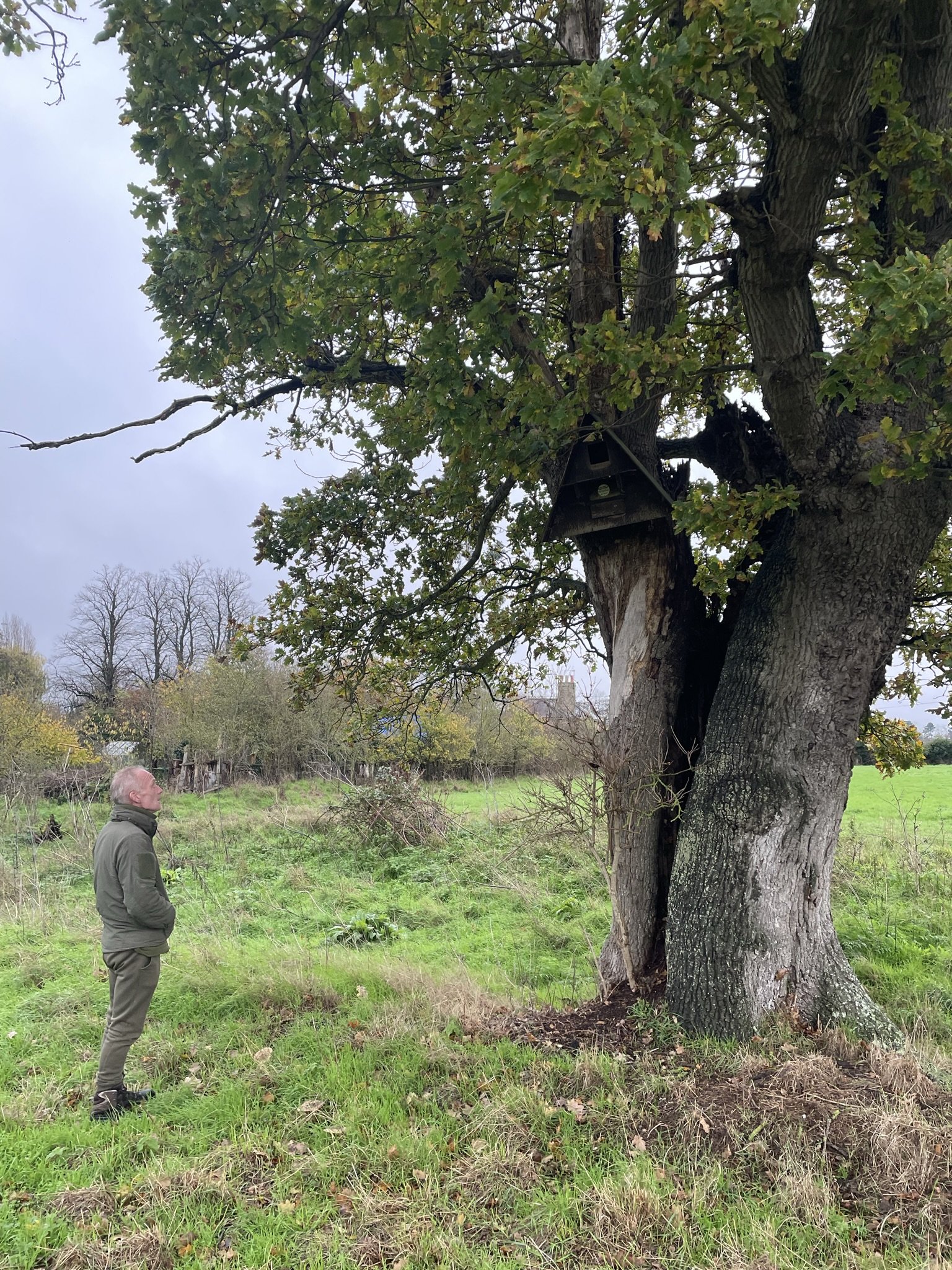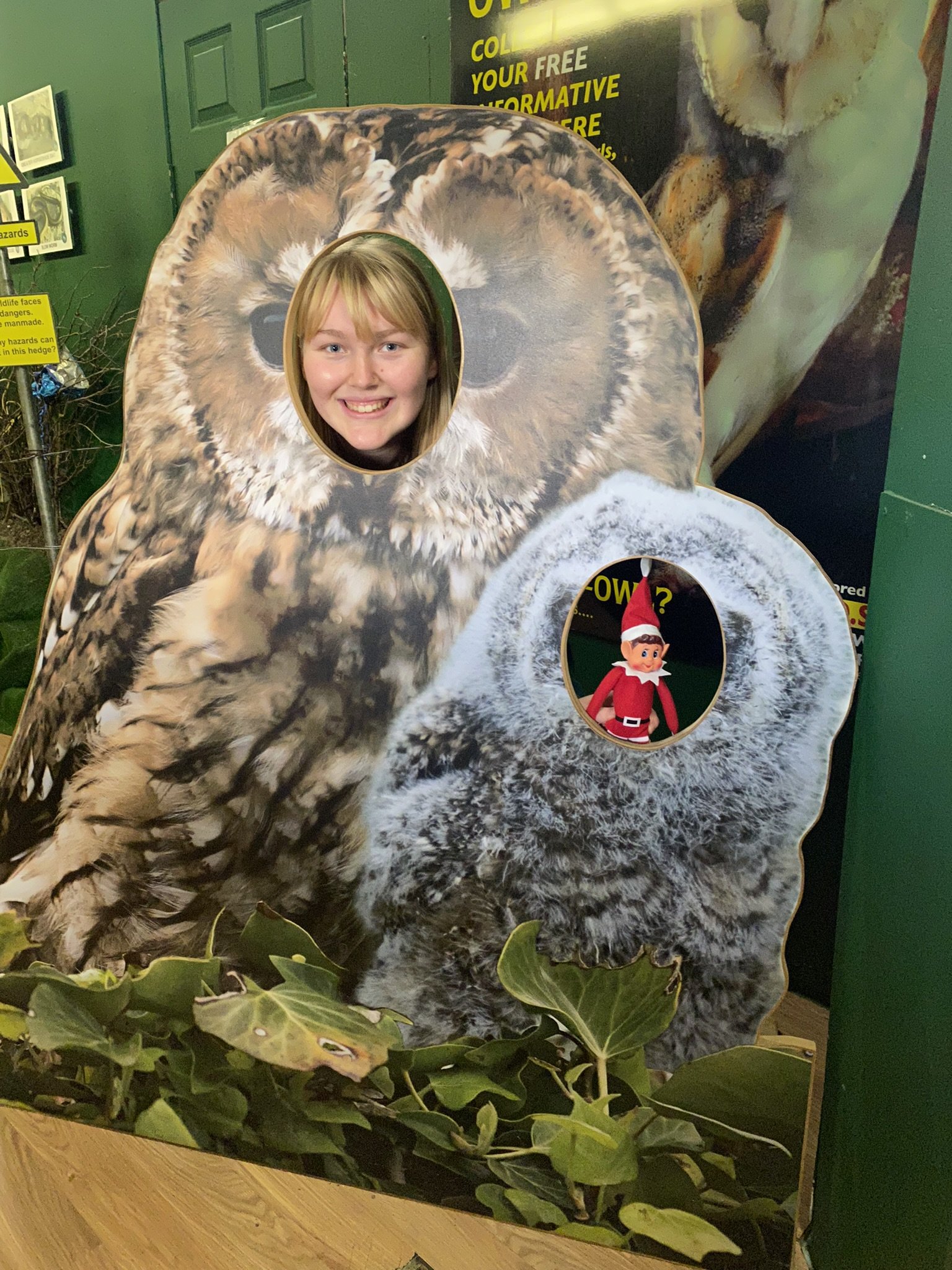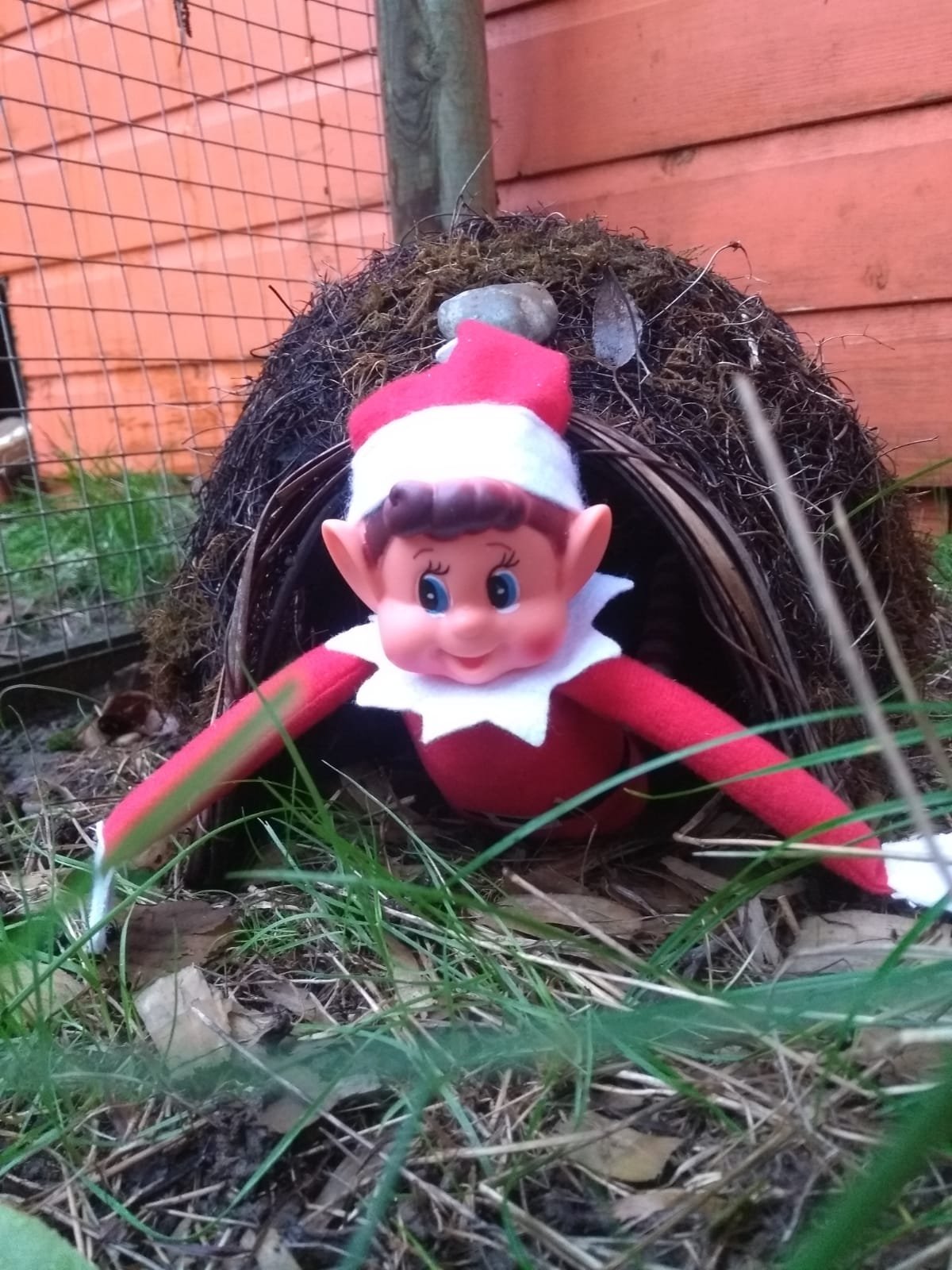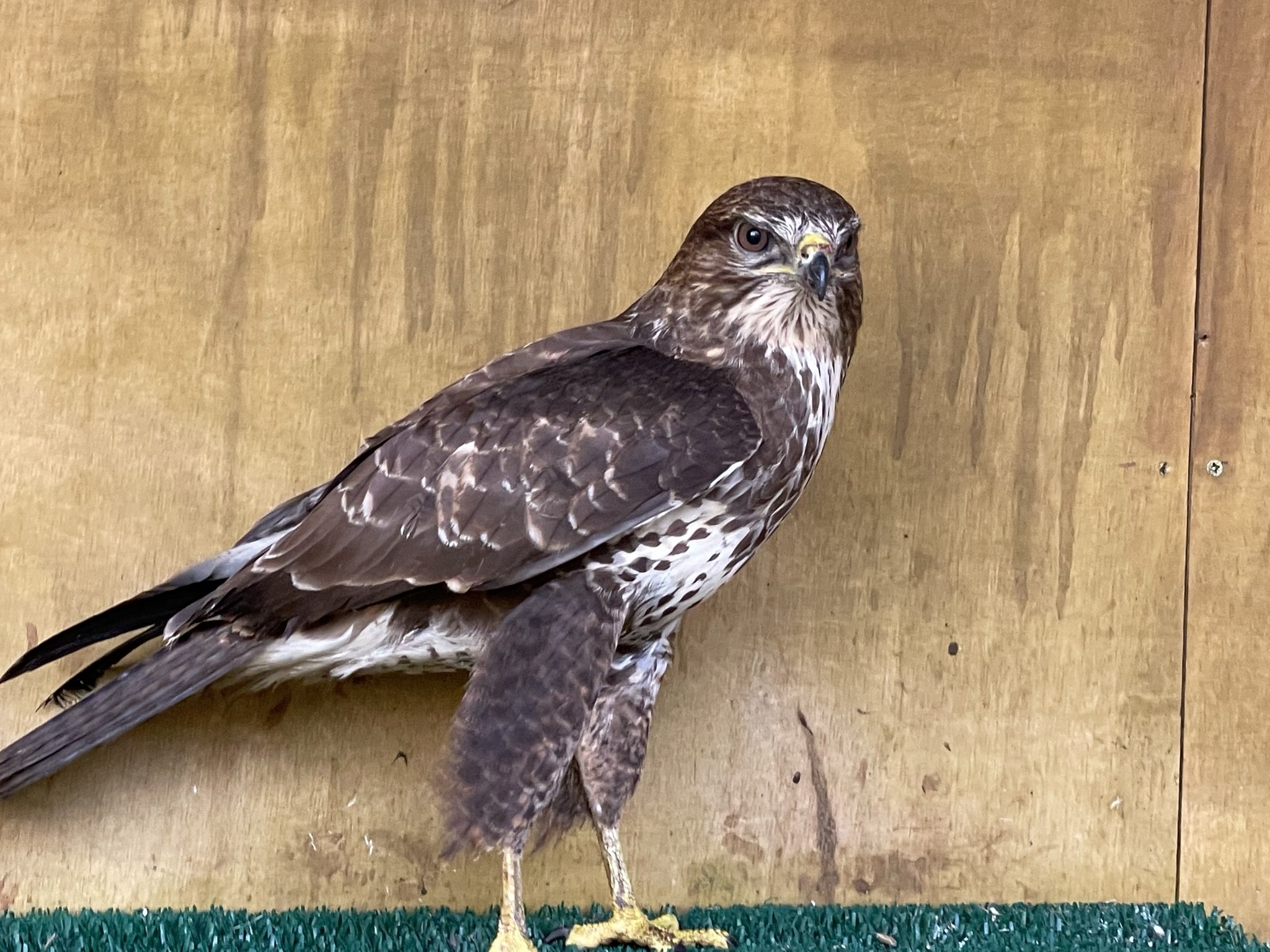We were very grateful for some extra help recently from ten employees of Suffolk County Council, who participated in a Employment Supported Volunteering Day with us.
The group was split into two groups of 5 to work in different areas of the Sanctuary.
One group was tasked with moving sand from our compound and layering it between the Owl Barn building, which houses our shop and main office area, and the feed hut and Raptor Hospital. This will improve access to this area for our maintenance staff, who have been improving the drainage from these buildings.
The second group was tasked with dismantling our old Rat and Bug enclosures at SOS2. This area has been ear-marked for improvement for a while, but required some extra help for it to be achieved.
Both groups worked really well all morning, and after lunch they came together to finish clearing away the area at SOS2.
Volunteer Coordinator Beckie says “They were a tremendous help and allowed us to complete some tasks which we would have struggled to achieve by ourselves.”
We are able to support local businesses and organisations with Employment Supported Volunteering Days, so if you’d like to organise a team building day with us, please contact Beckie on beckie@owlbarn.co.uk
